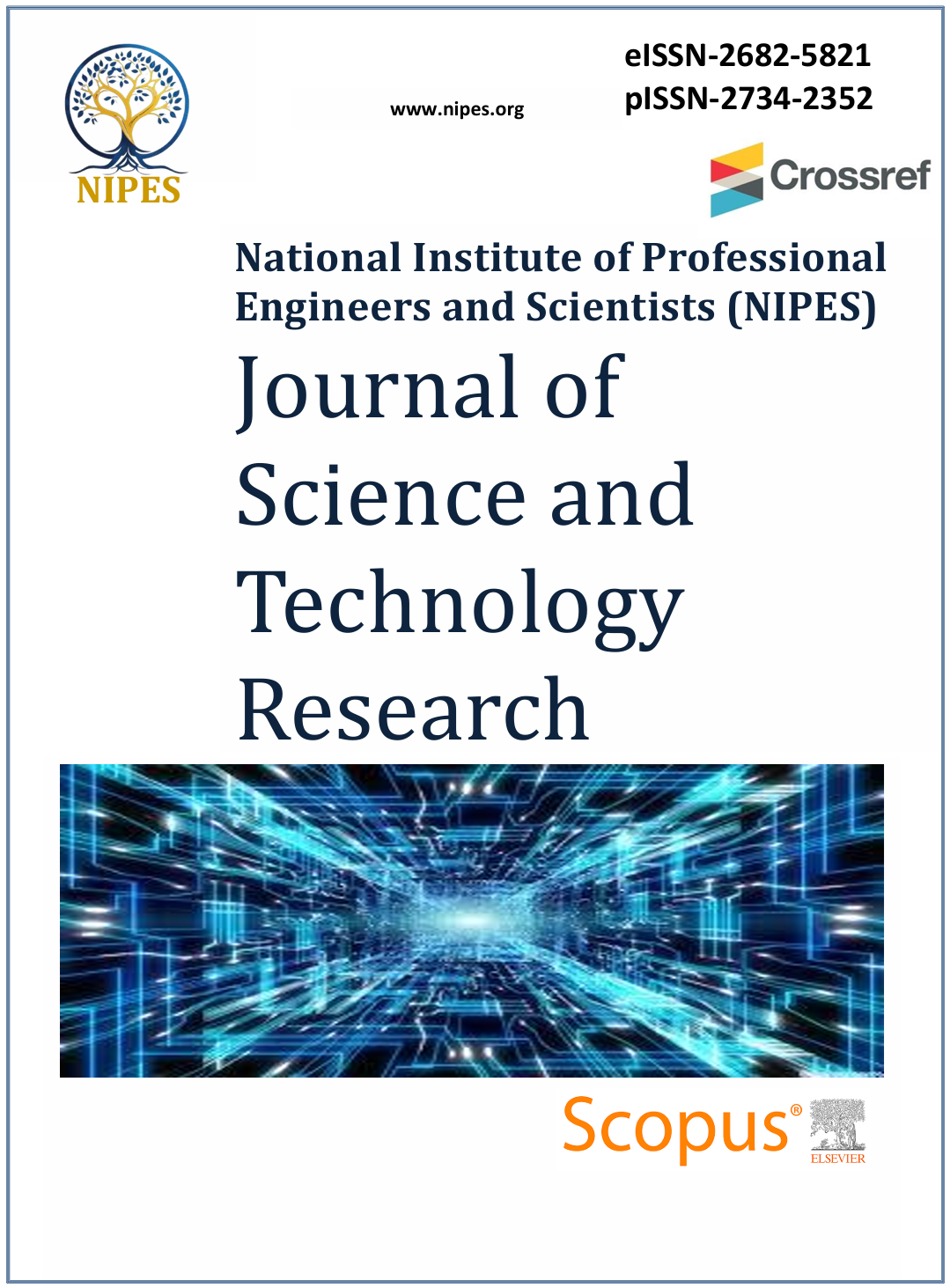Assessing the Potential Application of Geophagic Materials as Refractory for Metallurgical Furnace Lining
DOI:
https://doi.org/10.37933/nipes/2.3.2020.13Abstract
High temperature furnaces require the appropriate refractory
materials as liners. Several of these refractory materials including
fireclays have been employed in high temperature furnaces as
refractories. Geophagic materials as a type of clay materials eaten
by animals, including man have also been asserted to possess
significant refractory properties but proper investigation and
assessment of their thermal behavior have not well been studied. This
work therefore investigated and assessed the potential utilization of
these geophagic materials as refractories for furnace lining. The
physical, chemical and thermal treatment properties of two common
geophagic clay materials, anthill and pica, were explored. Bricks
made from these clayed materials were fired in a locally
manufactured furnace. Thermal shock resistance (13 cycles), linear
shrinkage (1.3%) and loss on ignition (9.6 %) as properties of these
refractories were evaluated. The results indicated significant amount
of Fe, Al, K, Ca and Mg as the predominant elements in these clay
samples. The results also demonstrated that pica clay cannot
withstand temperatures beyond 300 oC. Thermal treatment results
show that anthill can withstand temperatures of 1500 oC without
significant deformation. A blend between the two materials was able
to withstand temperatures between 800 oC – 900 oC before cracking.
These results indicate that anthill is a potential geophagic material
which can be employed as a fireclay refractory in metallurgical
furnace lining.






